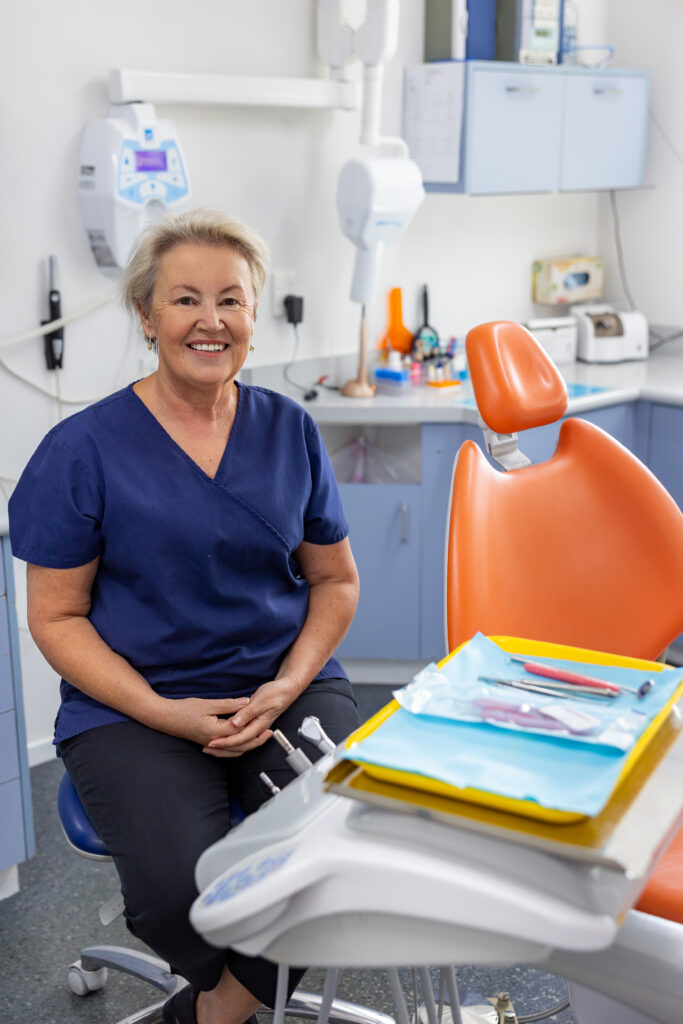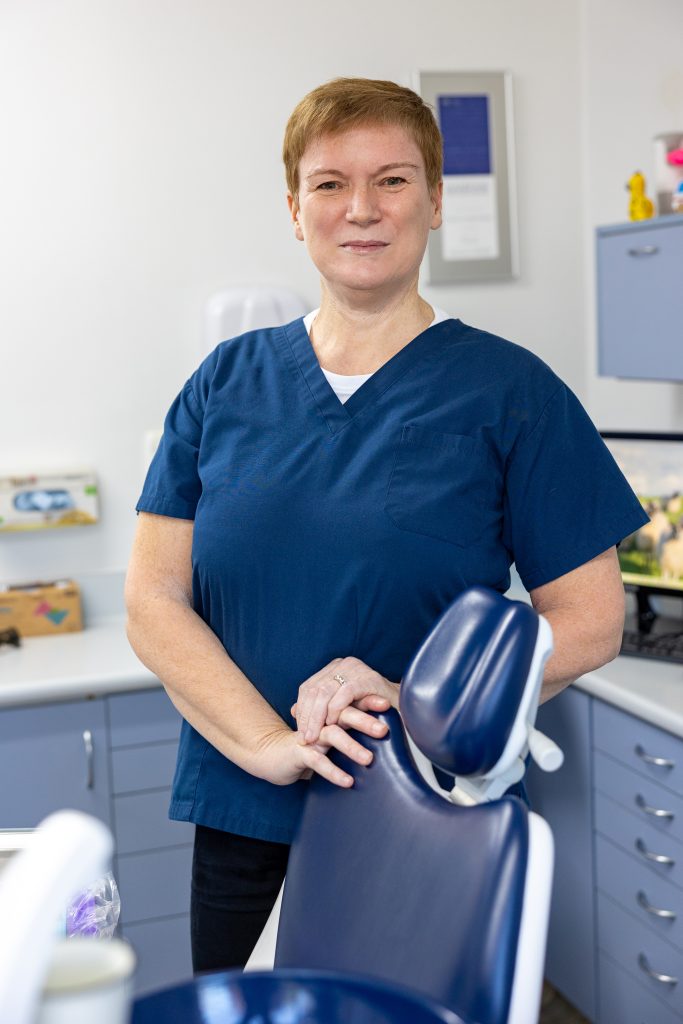Regular dental exams are an important part of preventive health care.
Urgent dentist appointments are available daily.
Contact us from 08:00 AM in case of an emergency.

At True Dentistry your comfort and providing the best possible dental service is our priority.
We strive to give you a positive experience with pain-free dental treatment in a welcoming environment.
Our mission is to support you with expert advice and professional services to keep your teeth healthy and looking good.
If you are anxious about dental visits, let us know and we will adjust your treatment to ensure you are at ease
Regular dental exams are an important part of preventing issues developing with your teeth. During your check up we look for any issues that canbe treated, to avoid futur problems arising.
We’ll clean your teeth, check for cavities and gum disease and evaluate any risk of developing oral health problems, A dental exam may also include dental x-rays or other diagnostic procedures.
Today’s dental x-rays emit very low radiation levels so it is safe to have regular x-ray checks to identify problems that aren’t easily seen.
If you have had substantial exposure to radiation from cancer treatments or other screening tests, discuss this with your dentist to address any concerns.
Your dentist gives a thorough check inside of your mouth, cheeks, lips, under your jaw, and the sides of your neck for any signs of oral cancer or
anything unusual.
At the end of your check up, the dentist will recommend the best time to return for a follow-up visit. If you require ongoing treatment, the work
and timeframe will be explained in full, quoted and booked in a timeframe to suit.
This is also an opportunity to discuss options for possible cosmetic improvements to your teeth, including straightening or whitening your teeth.This can include using crowns and veneers to improve your smile.
Your dentist will help you decide which is the best filling option for you. This can be related to the location or type of tooth, the extent of decay or the cost or process involved. Below is a list of commonly prescribed options:
Gold: Gold fillings can last up to 15 years. Robust and non corrosive, they are often considered more attractive than silver (amalgam) fillings.
Costs are similar to ceramic crowns.
Ceramic: Made from porcelain, this option is both durable and looks natural and attractive
Composite: A popular choice. While not as durable as metal fillings, these can be matched to the colour of your tooth for a barely visible result.
Silver amalgam: Provide a similar strength and durability to gold fillings at less cost. Amalgam can be prone to expanding and contracting, which can lead to a crack in the underlying tooth.
Glass ionomers:
Gum disease develops when plaque builds up along and under the gum line. Bacteria thrives in this environment, causing inflammation of the gums. If left untreated, this can advance to serious gum disease, and result in the loss of teeth.
Gum disease can be reversed, treated or stopped if caught early. Preventing gum disease through good personal cleaning and regular dental visits will allow you to keep your natural teeth and avoid more invasive treatments.

Regular hygiene cleans ensure that any signs of gum disease are picked up. During your hygiene visit you will receive advice on good cleaning
practice, and we provide a professional clean to remove plaque and tartar build up.
This will:
Dentures need to be checked yearly for changes in the bite or small fractures that may cause future discomfort, or affect the appearance of the face or health of the jaw.
Your dentist will also check gums, cheeks, tongue, and the roof of your mouth for any abnormalities, inflammation or sore spots.
